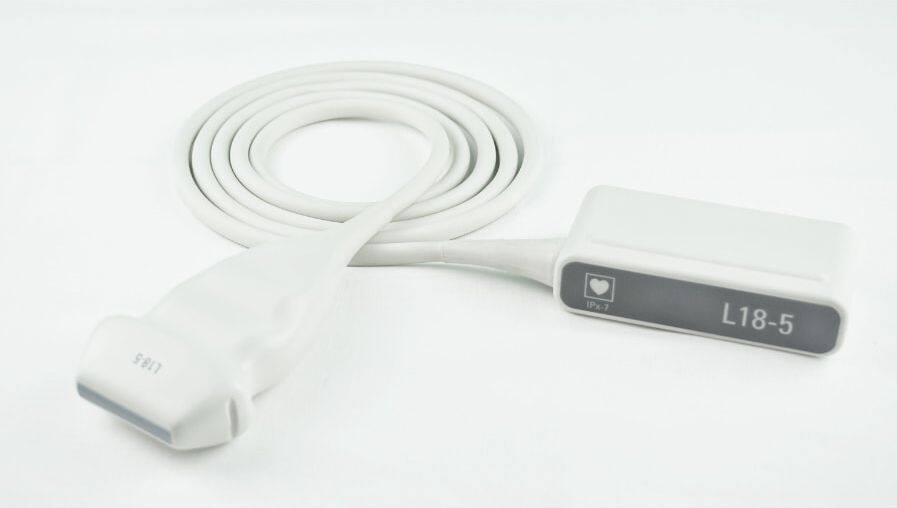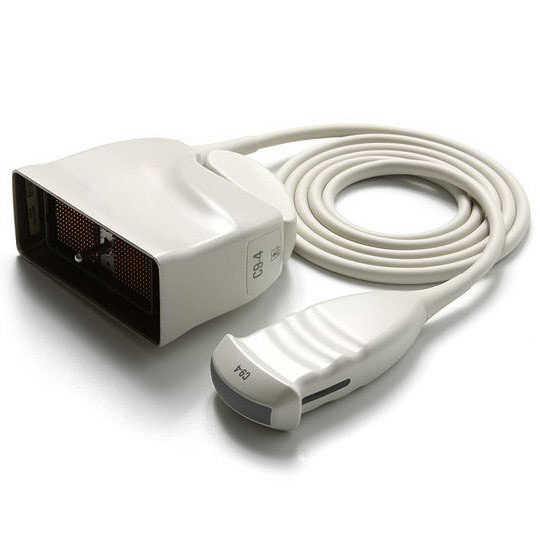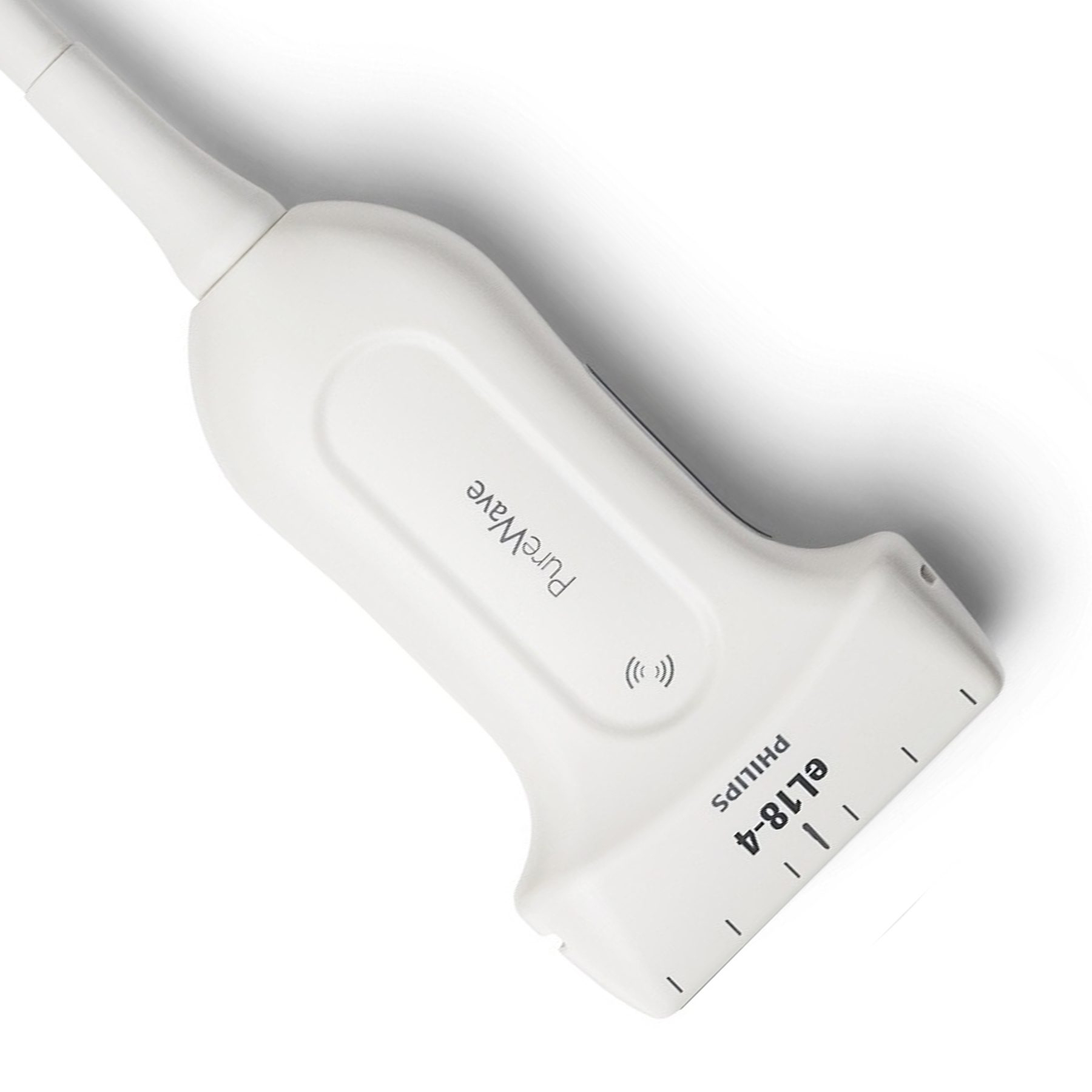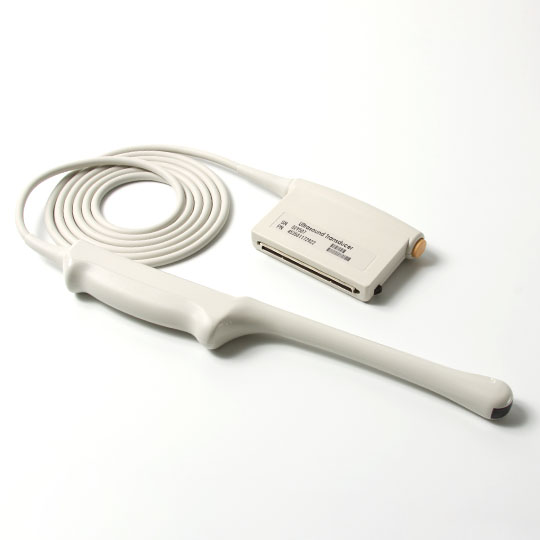Ultrasound technology has become a vital tool in medical diagnosis, delivering comprehensive views of inside structures without requiring intrusive procedures. One key component of ultrasound machines is the ultrasound probe, also known as a transducer. However, a common question arises: Are ultrasound probes interchangeable? In this article, we will delve into the intricacies of ultrasound probes to shed light on their compatibility and interchangeability.
Understanding Ultrasound Probes
Ultrasound probes are devices that emit and receive ultrasound waves, converting them into images for diagnostic purposes. These probes come in a variety of forms and sizes, each optimized for a specific imaging application. The most common types include linear, convex, phased array, and endocavity probes. These probes operate at different frequencies and are suitable for imaging different body parts.

Compatibility Factors
While ultrasound probes share a common purpose, they are not universally interchangeable due to several crucial factors:
Frequency Range
Ultrasound probes operate within specific frequency ranges, measured in megahertz (MHz). High-frequency probes (e.g., 7.5–15 MHz) are suitable for imaging superficial structures like skin and blood vessels, offering excellent resolution. Low-frequency probes (e.g., 2–5 MHz) penetrate deeper into tissues, making them ideal for imaging organs. The choice of frequency is critical since choosing an incompatible frequency for a given depth might result in poor image quality.
Design And Shape
The design and shape of ultrasound probes are tailored to the anatomical area being imaged. Linear probes, with their straight and narrow footprint, are suitable for vascular and musculoskeletal imaging. Convex probes, with a curved design, are well-suited for abdominal imaging. Phased array probes are utilized for cardiac imaging, whereas endocavity probes are intended for interior inspections. Choosing the proper probe shape enables good contact with the target region, boosting picture clarity.

Philips mC7-2 Matrix Array Transducer
Connection Type
Ultrasound probes come with different connector types, such as USB, TGC (Time Gain Compensation), and proprietary connectors specific to certain brands. To guarantee a safe and precise connection, the probe's connector must be compatible with the relevant ultrasound machine. Using probes with incompatible connectors can lead to issues such as poor signal transmission and inadequate contact, affecting image quality and diagnostic precision.
Technology And Brand Specifics
Manufacturers incorporate various technologies and proprietary features into their ultrasound probes. These technologies can include advanced imaging algorithms, beamforming techniques, and unique materials for improved image quality. Mixing probes from various brands or models may cause compatibility concerns since the ultrasound system may not be configured to fully exploit the unique features of a non-matching probe.

Philips L18-5 High-frequency Linear Probe
Application And Use Case
Ultrasound probes are specialized for specific medical applications, such as obstetrics, gynecology, cardiology, and abdominal imaging. Using a probe outside its designated application may lead to suboptimal imaging and compromised diagnostic accuracy. Healthcare practitioners must choose the proper probe for the desired use case to ensure that the ultrasound system captures high-quality pictures that meet diagnostic standards.
Conclusion
In conclusion, while ultrasonic probes have the same purpose of delivering thorough medical imaging, they are not interchangeable. Ultrasound probe compatibility is determined by several factors, including frequency range, design, connection type, technology, and intended use. If you are looking for a high-quality ultrasound probe, Xity is ideal for you. We are devoted to providing various ultrasound probes to fit the different applications. Contact us for more product details now!
 English
English
 Русский
Русский






